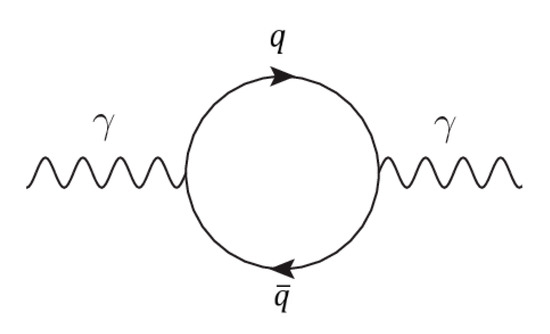High Energy Physics
A topical collection in Particles (ISSN 2571-712X).
Viewed by 38031Editor
Interests: relativistic and ultrarelativistic heavy ion physics; nuclear and particle physics; astroparticle physics; applied nuclear physics
Special Issues, Collections and Topics in MDPI journals
Topical Collection Information
Dear Colleagues,
In 1948, Dr. Phyllis Freier and his team discovered the relativistic heavy ions component of primary cosmic rays. a new field in nuclear and particle physics was created. Twenty-two years later, in August 1970, the first heavy ions beam was used at the JINR Dubna to evidence the cumulative negative ion production in DC collisions at 5 A GeV, using the Synchrophasotron U-10.
In the fifty years of relativistic and ultra-relativistic heavy ion physics using accelerator systems, many important results and discoveries have been reported, including those related to quark–gluon plasma formation and with the Big Bang cosmological scenario.
Therefore, the goal of the Editorial Board of the Particles journal is to dedicate a collection from this very interesting and dynamic field to present significant experimental results; new experiments and their goals; new theoretical ways for investigating the behavior of the very hot and dense nuclear matter formed in such collisions, in agreement with the collision geometry and collision energy; support for old and new comparisons of the predictions of the simulation codes and experimental results; and the insertion of new methods and ideas for these codes.
The major experiments performed at Relativistic Heavy Ion Collider (RHIC) from BNL, USA, as well as at the Large Hadron Collider (LHC) at CERN Geneva, have revealed the formation of quark–gluon plasma and a significant hydrodynamic collective behavior, similar to a nearly perfect fluid. Some clarifications regarding the evolution of the Universe have been obtained. In agreement with cosmological scenarios, including Gamow's “Big Bang" scenario, quark–gluon plasma appears a few microseconds after, and, therefore, it is possible to reproduce the conditions existing at that time in Universe in the laboratory.
There are other interesting nuclear matter phases, and the types of possible phase transitions are especially important for the study of the structure of nuclear matter and for the possible interactions. The current phase diagram of the nuclear matter still has areas that are not fully covered by the experimental data and results. Therefore, some laboratories have made efforts to achieve a scan over a wide range of energies, using the same experimental arrangement, with normalization in proton–proton collisions. There are remarkable results from RHIC-BNL, and from the efforts at SPS-CERN and the Tevatron (USA). There are also experimental results at lower energies from JINR Dubna, LNBL, etc.
On the other hand, the scientific community has proposed building new different acceleration and detector systems to cover other energies, especially in the phase transition region. Two projects are of great interest, namely FAIR (the Facility for Antiproton and Ion Research) at GSI Darmstadt (Germany) (www.gsi.de) and NICA (the Nuclotron-based Ion Collider Facility) at JINR Dubna (Russia). Both projects are now in an advanced stage, and the proposed experiments are already reaching the completion of the technical design reports for the detectors.
Therefore, the goal of the Editorial Board of Particles is stimulating and demanding, and authors should offer insights on these interesting aspects both experimentally and theoretically.
Prof. Dr. Alexandru Jipa
Guest Editor
Manuscript Submission Information
Manuscripts should be submitted online at www.mdpi.com by registering and logging in to this website. Once you are registered, click here to go to the submission form. Manuscripts can be submitted until the deadline. All submissions that pass pre-check are peer-reviewed. Accepted papers will be published continuously in the journal (as soon as accepted) and will be listed together on the collection website. Research articles, review articles as well as short communications are invited. For planned papers, a title and short abstract (about 250 words) can be sent to the Editorial Office for assessment.
Submitted manuscripts should not have been published previously, nor be under consideration for publication elsewhere (except conference proceedings papers). All manuscripts are thoroughly refereed through a single-blind peer-review process. A guide for authors and other relevant information for submission of manuscripts is available on the Instructions for Authors page. Particles is an international peer-reviewed open access quarterly journal published by MDPI.
Please visit the Instructions for Authors page before submitting a manuscript. The Article Processing Charge (APC) for publication in this open access journal is 1600 CHF (Swiss Francs). Submitted papers should be well formatted and use good English. Authors may use MDPI's English editing service prior to publication or during author revisions.
Keywords
- experiments
- collision geometry and bulk properties
- collision dynamics
- hydrodynamics
- thermalization
- flow
- correlations
- fluctuations
- phase transitions
- experimental signals














